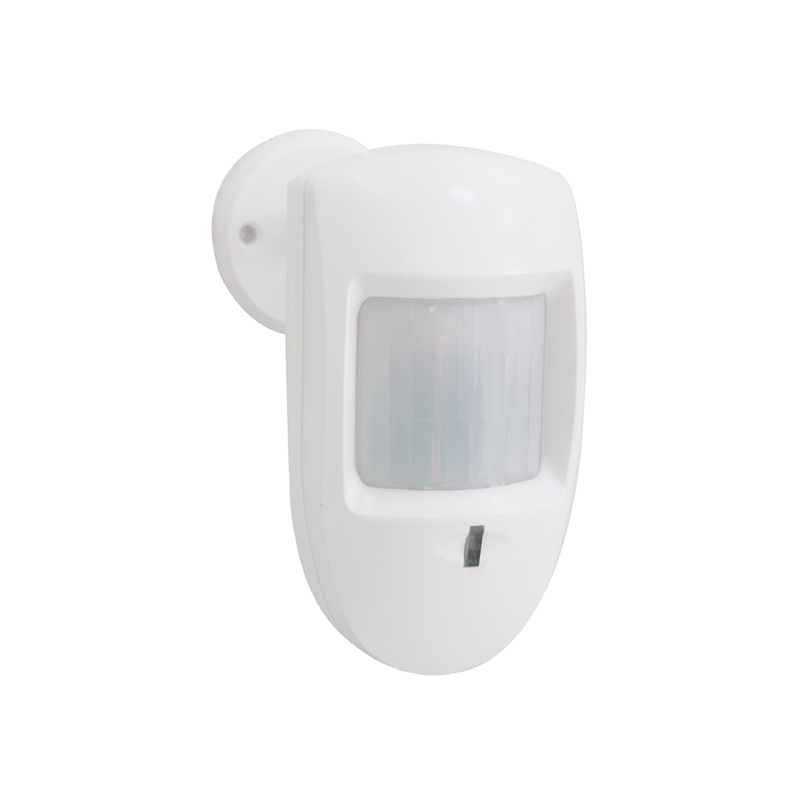Choosing the right decibel level - alarm sound design in critical moments
In modern society, sirens are an integral part of life and they play a vital role in critical moments. However, choosing the appropriate decibel level becomes a key theme in alarm sound design. Decibels are a measure of sound intensity, and the right choice of decibels can affect how people perceive and respond to an emergency.
Low decibels (<85 decibels) alarms are suitable for relatively quiet environments or occasions where low volume alerts are required. These include in-room reminders, office warnings, or other situations that need not cause disruption. Low-decibel alarms are designed to focus more on gentle reminders to avoid unnecessary panic or interference.
Medium decibels (85-100 decibels) alarms are suitable for general reminders and alarm occasions, such as anti-theft alarms in stores, production line alarms in factories, etc. These sounds are loud enough to get people's attention, but usually don't cause prolonged hearing discomfort.
High decibels (>100 decibels) alarms are usually used for emergencies that require widespread attention, such as fire alarms, alarms on police vehicles, etc. These alarms are so loud that they can cut through noise and quickly alert people. They are often used outdoors or in large open Spaces to ensure that information can reach as far as possible in case of an emergency.
However, decibel selection depends not only on the design of the alarm itself, but also on the ambient noise level and distance. The frequency and pattern of alarm sounds are also important factors in the selection. Designers must carefully weigh these factors to ensure that alarms are effective in conveying warning messages in a given environment.












